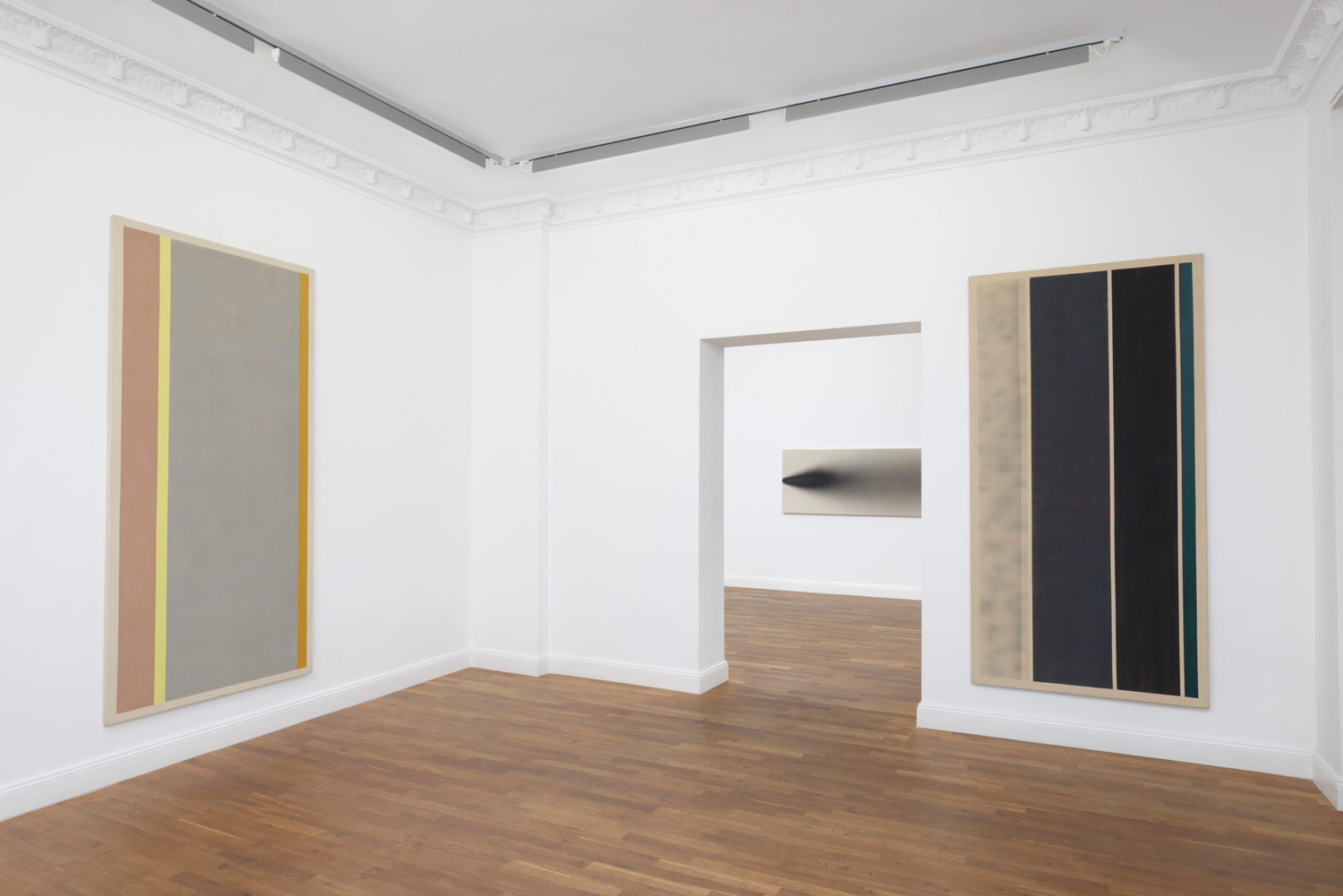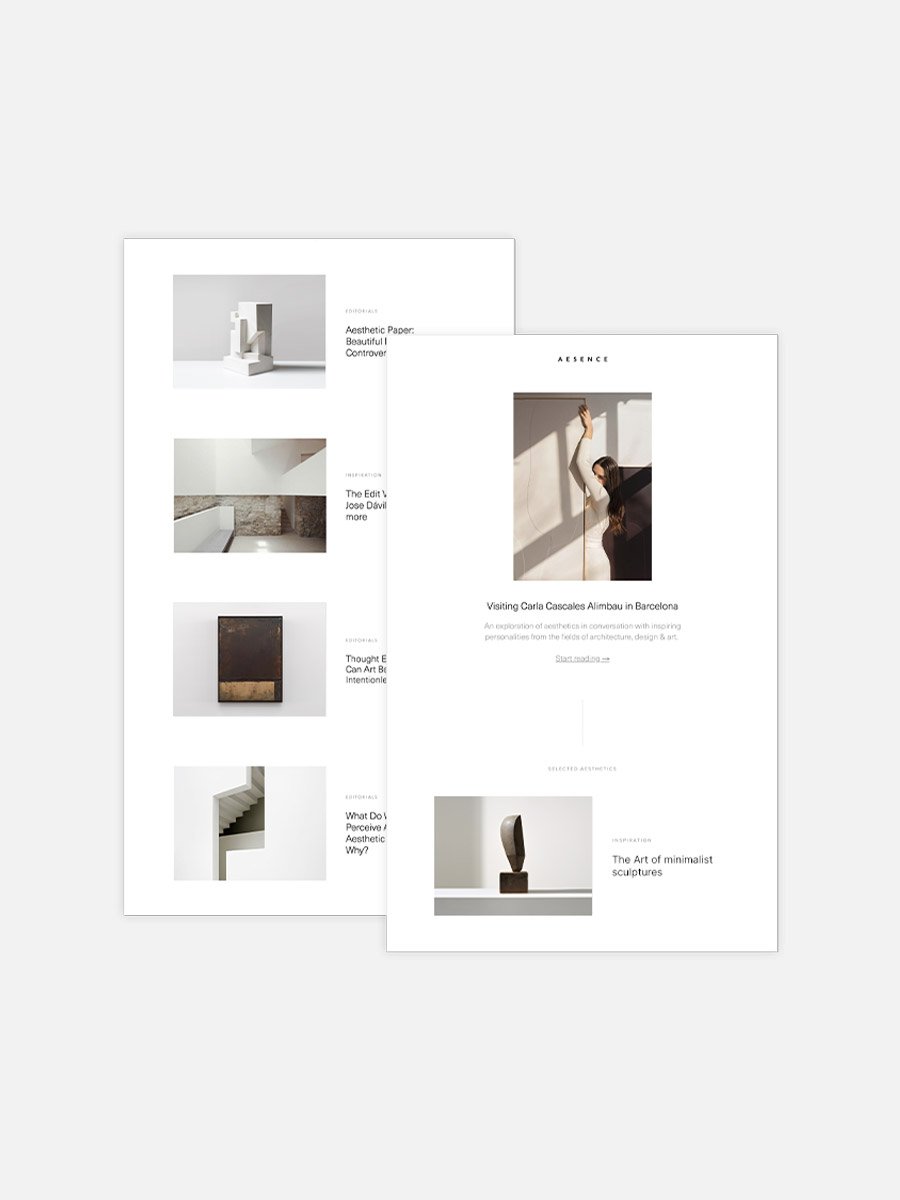The Kienzle Art Foundation is pleased to announce the exhibition Michael Venezia. Blankness as a Knowing Subject during Berlin Art Week. The show honors the artistic life’s work of the artist, who passed away this year at the age of 89. It is the first presentation of Michael Venezia’s work since his death—and a remembrance and appreciation of an extraordinary person whose work shines far beyond his lifetime.
Michael Venezia (born in Brooklyn in 1935) was an important representative of abstract painting in the USA. His artistic environment was shaped by artists such as Dan Flavin, Robert Ryman, and Sol LeWitt, with whom he enjoyed lifelong friendships. While many of his colleagues continued to develop primarily sculptural work, Venezia remained committed to painting and developed his own reduced visual language, his own technique, and his own new combination systems. He worked on reducing gesture in painting, moving away from brushstrokes and contact with the canvas. Venezia recognized a material quality in paint and was one of the first to use spray guns as tools for his paintings.
One of his first sprayed works is Untitled, from 1966. The painting was created in London; inspired by airmail envelopes, stripes became the predominant theme in Venezia’s painting. In the so-called “Stripe Paintings,” the paint was sprayed onto the painting surface in the form of stripes and bands. Venezia arranged the stripes in such a way that large parts of the canvas remained empty.

One of the central works in the exhibition is the large-format black canvas Untitled, created in New York in 1971 as part of the “Spray Paintings” series. Michael Venezia worked on the canvas from both edges with seven even spray bursts. He used an emulsion of aluminum pigments and acrylic paint, which he sprayed onto the horizontal canvas before stretching it.
By using a spray gun and specifying similar, consistently large image formats for his series, Venezia deliberately set limits on his artistic creativity. At the same time, this reduction created new spaces and voids. Venezia worked on several canvases in parallel, allowing the process to take the place of a fixed composition; the outcome of this process remained open, with chance elements being incorporated.
Michael Venezia’s painting is characterized by abstract expressionism; he described himself as a “child of the 1950s.” The joy of experimenting with materials and techniques and the pleasure of the process is very present in all his works and series. His large-format paintings create a strong presence and allow the viewer to immerse themselves in the work and feel an immediate connection. Venezia was at the center of the avant-garde of the 20th century and went his own way from there. “I like being on the periphery. I don’t like being in the nucleus,” he said, and it is precisely these artists that the Kienzle Art Foundation focuses on: artists of art-historical relevance who remained on the margins of events in their time and whom the foundation wants to help gain the attention they deserve.
© Text and Photo Courtesy of Kienzle Art Foundation, Photography by Hans-Georg Gaul Berlin



